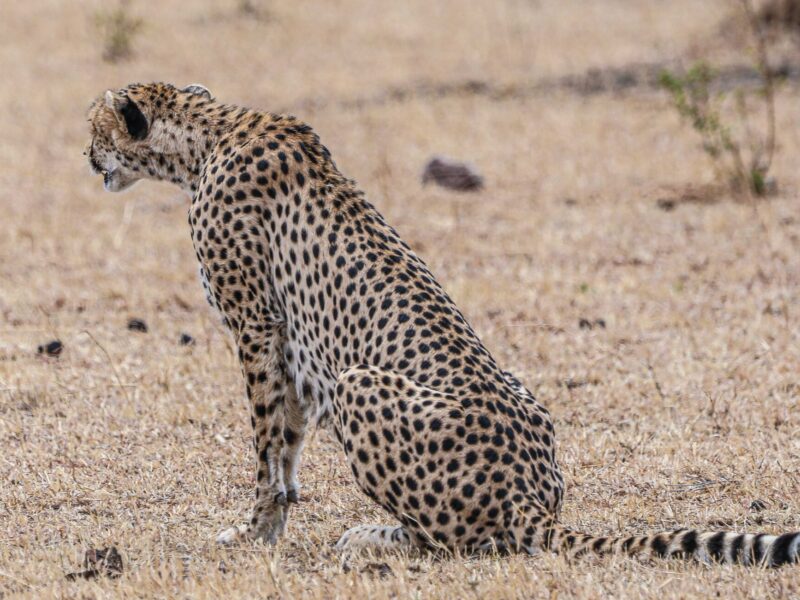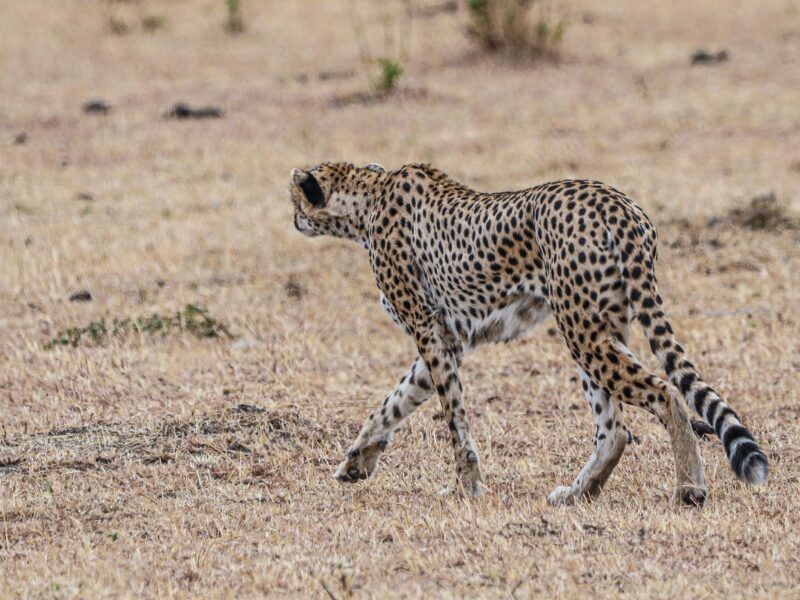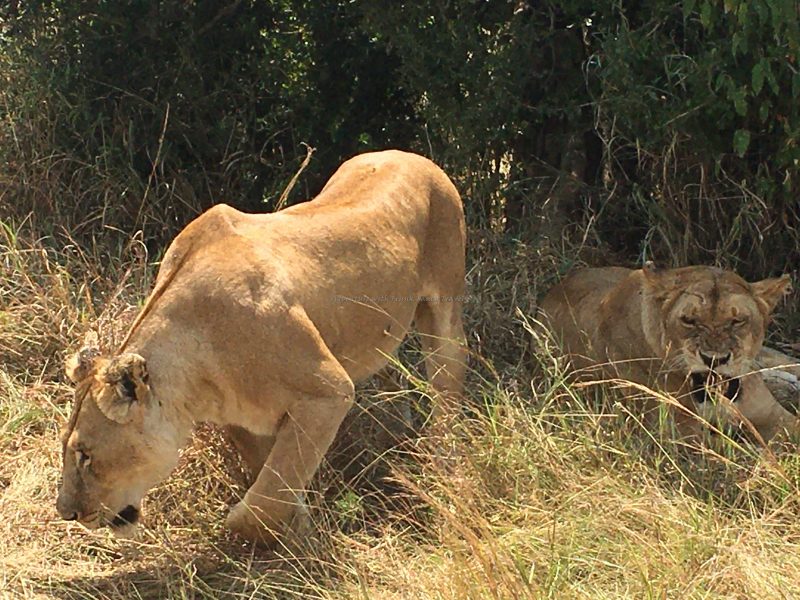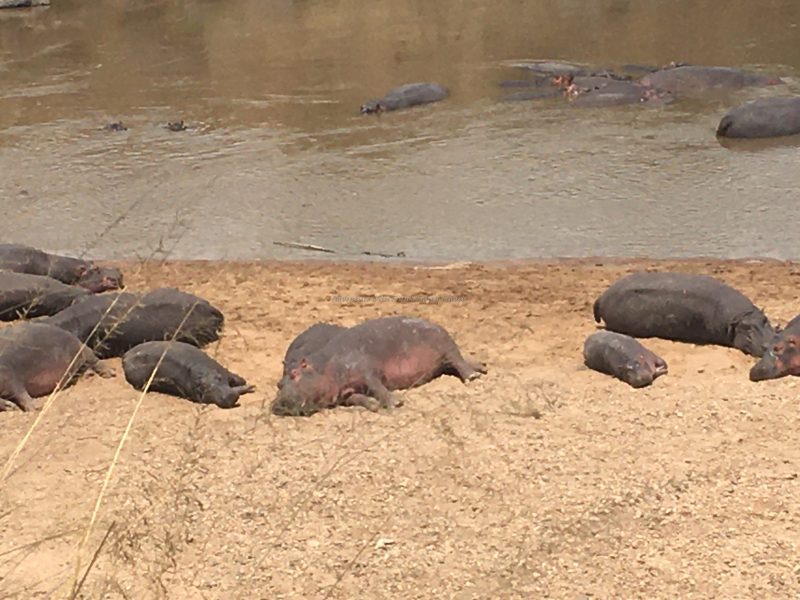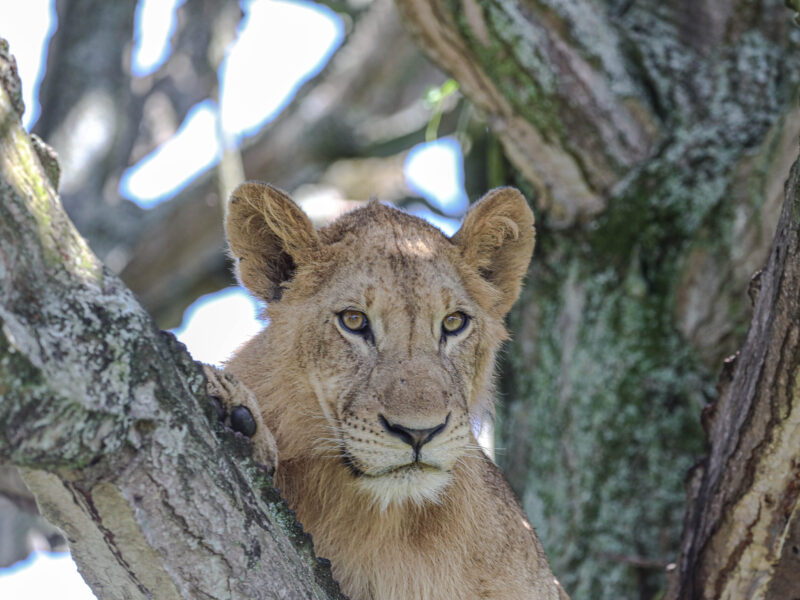Lake Manyara National Park
Lake Manyara National Park is found close to the city of Arusha. Much of the park is made up of 330 square kilometers of water and forest. Lake Manyara is a key feature in the park. The soda/alkaline lake is considered to be one of the best places for birding in East Africa.
During the rainy season, over 300 species of migratory birds visit the lake including flamingos. Many of the birds leave during the dry season once the lake starts losing its waster due to evaporation. However, flocks of flamingoes remain and so do the resident mammals. You can spot hippos, elephants, giraffe and wildebeest. Perhaps the greatest attractions of the park are the rare tree climbing lions of Lake Manyara.
Spotting lions climbing and resting on top of acacia trees is very rare. You can only see tree climbing lions here, in Queen Elizabeth National Park of Uganda and in Kruger National Park of south Africa. Safaris to the Serengeti or Ngoro Ngoro crater is often combined with a visit to Lake Manyara to offer tourists an opportunity to view wildlife in a lake and tropical forest environment.
This is a protected area in Tanzania’s Arusha and Manyara regions. Situated between Lake Manyara and Great Rift Valley. It is administered by the Tanzanian National Park Authority, and covers areas of 322 km (125 sq. mi) including about 230 km (89 sq. mi) lake surface.
More than 350 bird species have been observed on this lake. Since the 1920, the lake Manyara area was used for sports hunting. In 195, a game reserve was established.
In 1960, it was given a National Park status and in 1974 about 550 ha (1,400 acres) were added to the southern end. The majority of the land area of the park a narrow strip running between the Gregory Rift wall to the west and lake manyara, an alkaline lake

